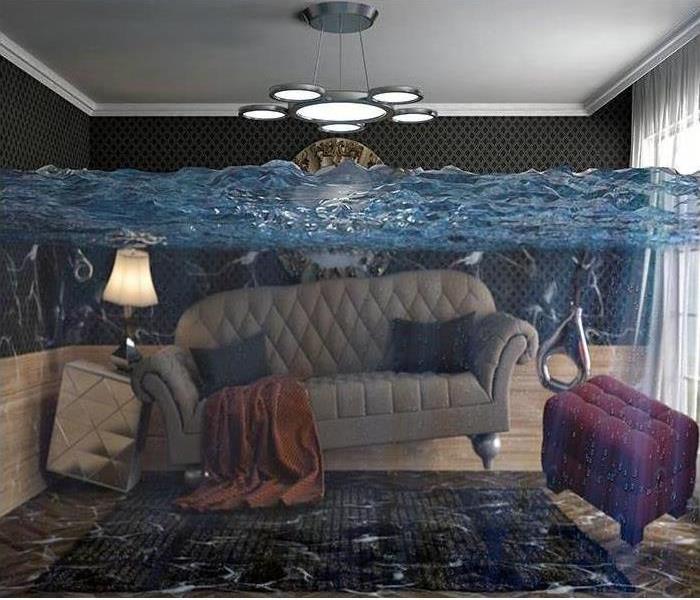Know the Categories Of Water Intrusion
9/19/2022 (Permalink)
 The scope and intensity of the repairs depend on how much water is inside the house and which materials are already wet.
The scope and intensity of the repairs depend on how much water is inside the house and which materials are already wet.
At SERVPRO, we like to remind our customers that no restoration job is impossible. While severe flooding can lead to complete destruction of some items, there are always others that are salvageable. In fact, as long as repairs get started within two days of the original incident, the chance of full remediation is high.
Nevertheless, the scope and intensity of the repairs depend on how much water is inside the house and which materials are already wet. When handling flood damage in the Hickory area, our technicians carry out an inspection first to determine the level of water intrusion. The assessment adheres to official guidelines from the IICRC. Keep reading to learn more about the categories of water intrusion and what they mean for Hickory area residents.
Class One
Class one involves minimal water intrusion, which means that this is the least serious type of water damage. Most items affected are non-porous (concrete floors, appliances, etc.) In this case, only limited repairs are necessary. Pumping is enough to extract most of the liquid, after which a small dehumidifier can be used to complete the job. Typical Scenario: a toilet overflows onto a sealed tile floor.
Class Two
There is a significant volume of water. Several porous items are affected (curtains, carpets, etc.) The extraction takes longer, in this case, because more water is absorbed. Dehumidifiers are used (for longer periods) to draw water vapor out of soft materials. Typical Scenario: a burst water pipe inside a gypsum board wall.
Class Three
Substantial amounts of standing water remain after the incident. Many porous items have absorbed flood liquids. The most intensive rates of evaporation are required to extract it in a timely fashion. The SERVPRO technicians probably need to lift carpets and (in some cases) make holes in the walls to increase ventilation. Typical Scenario: natural flooding causes rapid water intrusion, which quickly soaks the ground floor.
Class Four
The most severe type of flood damage involves water that gets trapped between building materials. It is tough to handle, takes a long time to restore, and it does cause lengthy disruptions to regular routines. The drying process is complex and requires the use of considerable vapor pressure differentials. Typical Scenario: a severe sewage overflow or backup which soaks through the walls.
At SERVPRO of Alexander, Caldwell, Catawba and Burke Counties, we approach every emergency with a unique strategy. Our repair methods are tailored to fit the needs of your home and guarantee a fast, effective restoration. Call us 24/7 at (828) 396-1070 today.






 24/7 Emergency Service
24/7 Emergency Service